Dublin’s streets tell a lot of stories. Stories about rebellion, revolution, art and social change. And stories about women. There have been many women who shaped Irish history and folklore – may they be real or fictional – but whose stories aren’t told quite as much as those of male Irish history makers. That’s why in this blog post, we’ll let you know about famous Irish women and about the places in Dublin that remind of them and how they shaped Irish history.
The Molly Malone Statue — Grafton Street/Suffolk Street
Well, this woman you’ve probably heard of: Molly Malone is one of the most iconic women in Dublin folklore and of the best known statues in the city. The character Molly Malone is protagonist in the song “Cockles and Mussels” from the 19th century, today an unofficial anthem of Dublin. In the song, Molly Malone is selling fish from her cart in the streets, exactly what the statue depicts her doing.
The Rosie Hackett Bridge – Over the River Liffey
Rosie Hacket was a trade unionist, became a member of the Irish Citizen Army, and was involved in the 1913 Dublin Lockout as well as in the 1916 Easter Rising. In 2014 a new bridge in Dublin’s city center was named after her in honor of her contributions to Ireland’s labour and independence movements. On the bridge, you can also spot a plaque with Rosie Hackett’s name on it.
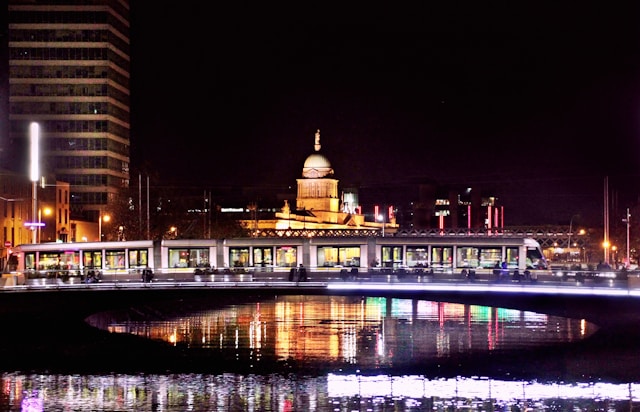
The Statues of Constance Markievicz – St. Stephen’s Green, Townsend Street
Another key role in the 1916 Rising played Constance Markievicz, also called Madame or Countess Markievicz. She was a revolutionary leader and a suffragist. She was actually sentenced to death because of her participation in the Easter Rising. Her sex, however, provoked a change of the death to life imprisonment. Then the government in London granted amnesty to those who participated. After she became free, she was elected the first female member of the Parliament of the United Kingdom. Today, there’s a statue of her in St. Stephen’s Green and one of her and her dog Poppet in Townsend Street. And a plaque on the house she lived in from 1912 to 1916 in Rathmines. Those sites remember her tribute to Irish history and female leadership.
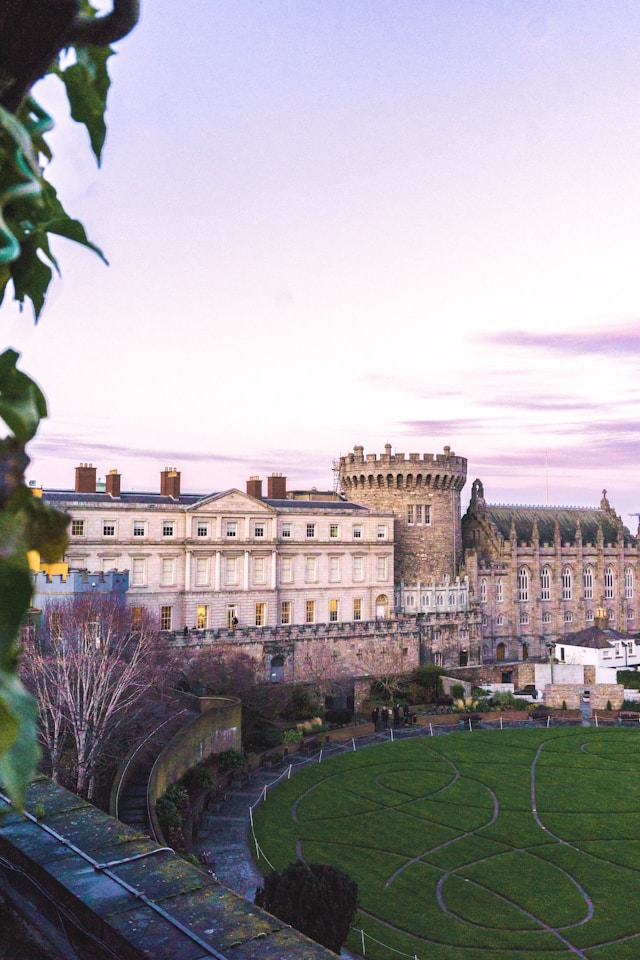
The Irish Suffragette Plaque, Hanna Sheehy Skeffington – Ship Street
Another plaque commemorating the fight for equality is located in Ship Street. It remembers feminist and reformer Hanna Sheehy Skeffington smashing windows at the castle as an act resistance in 1912. The plaque was revealed in 2018 by the president of ireland. It stands as a reminder of the courageous acts of resistance carried out by Hanna and her comrades.
If you want to find more plaques around the city, have a look at this website.
More about Dublin’s famous women
These are only some examples of women who shaped Dublin. There are many more: They are revolutionists, writers, artists and academics. If you want to find out more about them, the Dublin museums have got you covered:
The GPO – find out more about the women who played vital roles in the Easter Rising.
The National Gallery of Ireland – explore art by female Irish artists as well as portraits of iconic Irish women.
Dublin Castle Complex – follow the footsteps of Irish President Mary Robinson and other influential stateswomen.
Glasnevin Cemetery– visit the final resting place of many of Ireland’s most influential women, such as Constance Markiewicz, Maud Gonne MacBride, and Hanna Sheehy Skeffington.
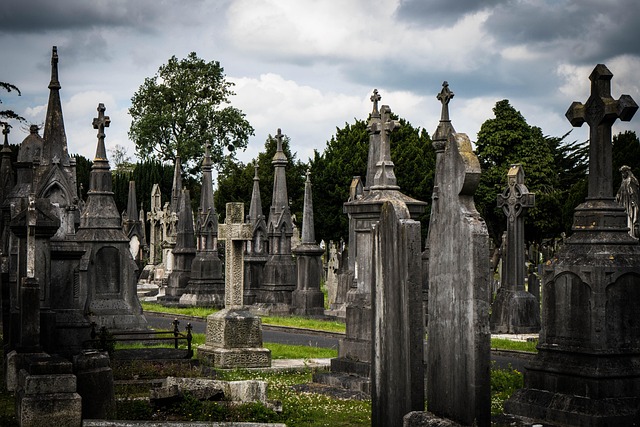
Image sources:
Header: Sophie Popplewell on Unsplash
1: Caterina Begliorgio on Unsplash
2: Lisa Fecker on Unsplash
3: Tünde on Pixabay
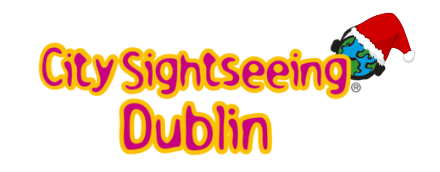
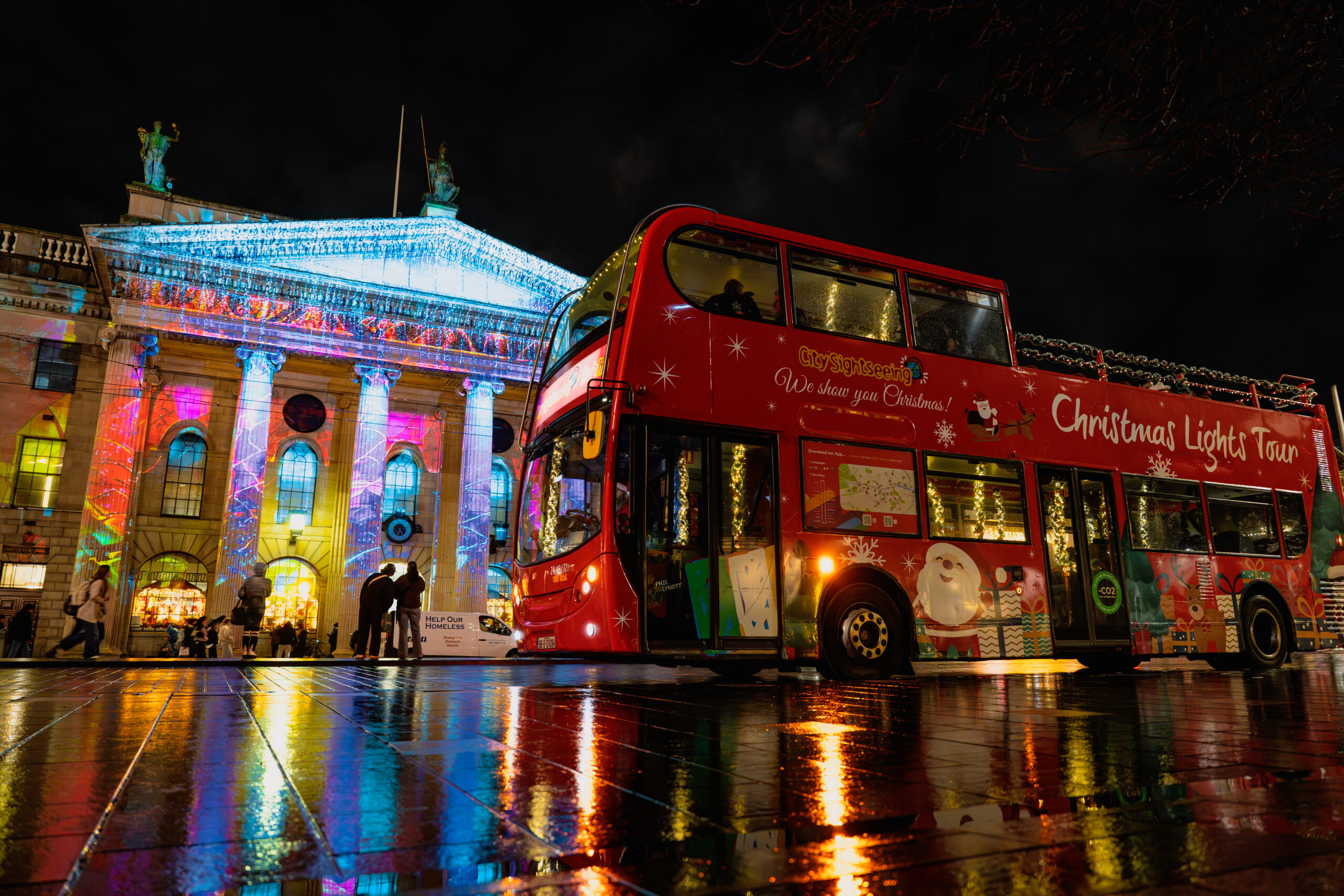
0 Comments